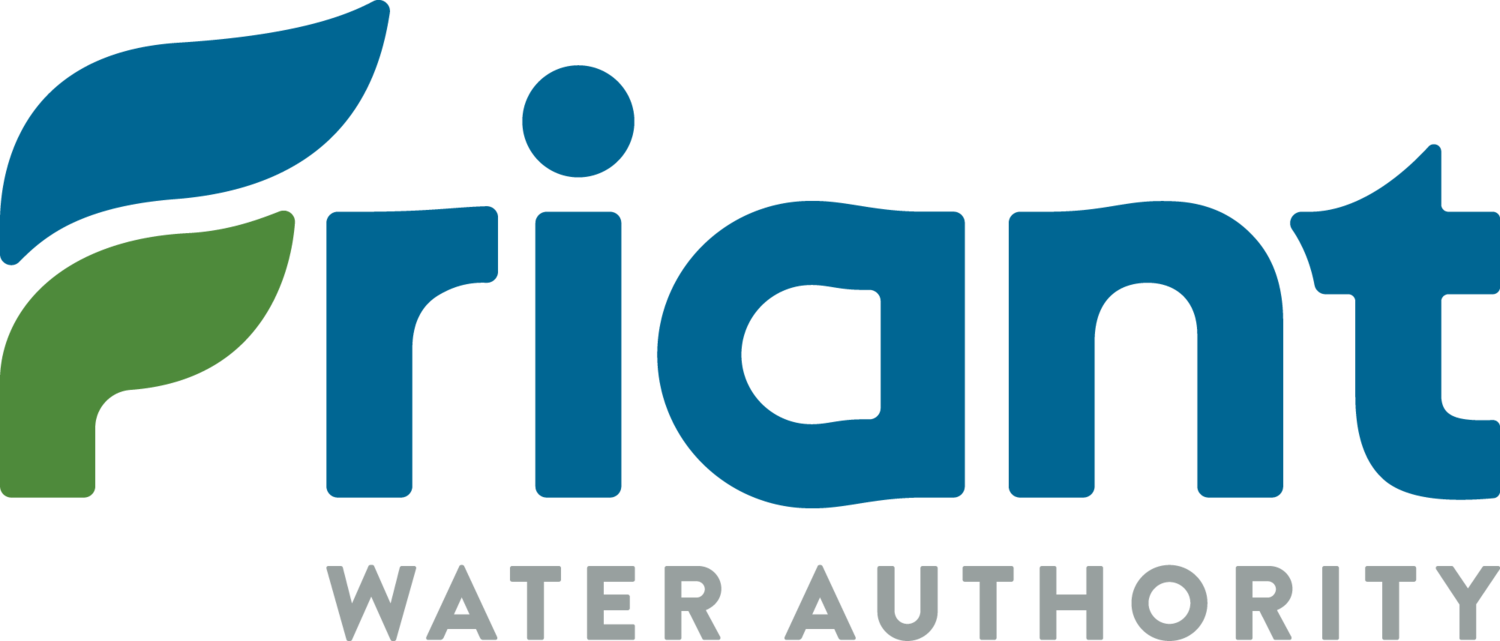For Immediate Release:
December 10, 2016
Lindsay, Calif. –
The Friant Water Authority (FWA) and Friant North Authority (FNA) jointly released the following statement on passage by Congress of California drought relief provisions as part of the larger Water Infrastructure Improvement for the Nation Act (WIIN) (S. 612):
Jason Phillips, Chief Executive Officer of the Friant Water Authority:
“Passage of the WIIN Act represents critical and timely step toward addressing the acute water problems facing us locally in the droughtstricken areas of California, and important movement toward modernizing our water infrastructure nationally. Although more must be done on this issue, under the circumstances we consider the actions mandated in the WIIN Act an important beginning in our efforts to develop a comprehensive, long‐term solution to address some of California’s persistent water challenges.
We greatly appreciate the efforts of House Majority Leader Kevin McCarthy, Senator Dianne Feinstein and the Members of the Central Valley Delegation and their staffs, all of whom have worked tirelessly over the past three years to improve the flexibility and operations of our water system during this extreme drought. There is still more to be done, but the provisions approved by Congress will ensure that we’ll be able to capture desperately needed water from the coming winter storms. And facing a fifth year of drought, the communities and farms of the San Joaquin Valley are truly desperate for water. We in the Friant Division of the Central Valley Project offer our gratitude and congratulations to the Members of the California delegation who have worked so hard to respond to the needs of their constituents and all Californians. We look forward to working with them, the new Administration, and the incoming Members in 2017 to develop comprehensive, long‐term solutions to this persistent challenge and to finish the job we began this year.”
David Orth, Executive Officer of the Friant North Authority:
“The California water provisions of the WIIN Act are the product of hard‐fought bipartisan effort. We spent nearly three years working with Members in both houses, officials in both State and Federal administrations, and the White House to develop effective compromise legislation that would be broadly acceptable to all. In the process, we each gave up ground but came to an agreement that, though modest, will truly help us in the short term this winter.
Contrary to many claims, the legislative language will not amend or damage the Endangered Species Act. All actions authorized will be carried out only if they do not harm sensitive species. The legislation also includes some very important requirements for use of best available science in agency decision‐making, and increased transparency for the forthcoming consultation with agencies on long‐term federal andstate water operations.”
Contact:
Alexandra Biering
916-628-0431
abiering@friantwater.org
FWA is a joint-powers authority formed in 2004 by a majority of the water agencies receiving water from the Friant Division of the Central Valley Project. Its primary purposes are to operate and maintain the Friant-Kern Canal and to serve the information and representation needs of its member agencies.





